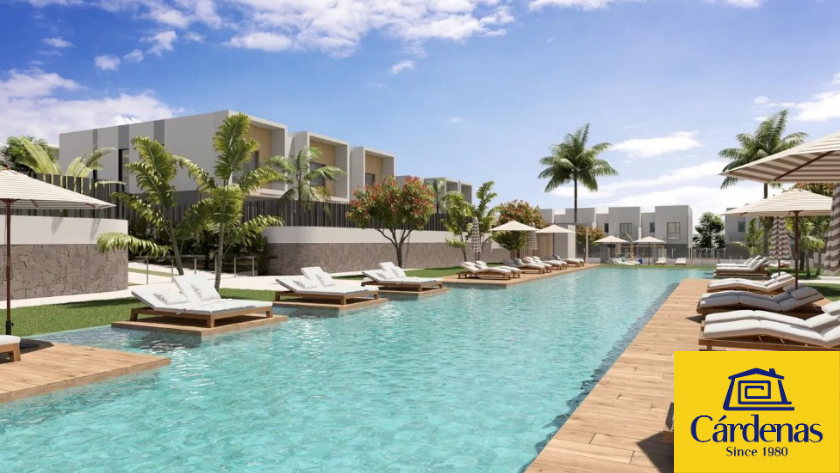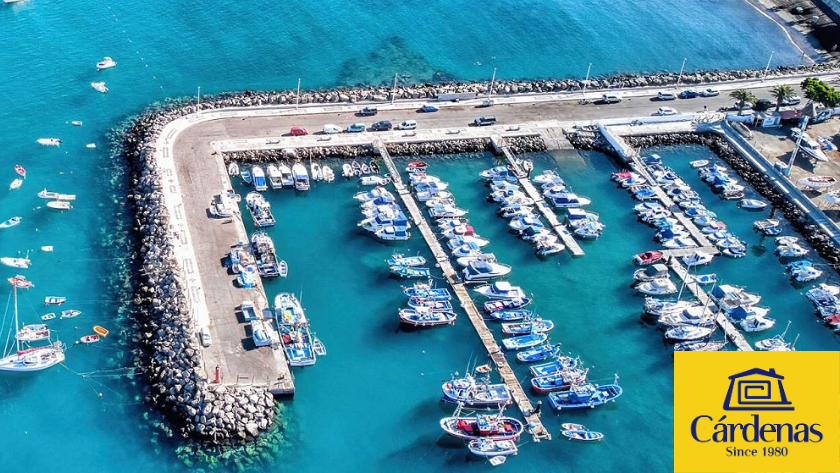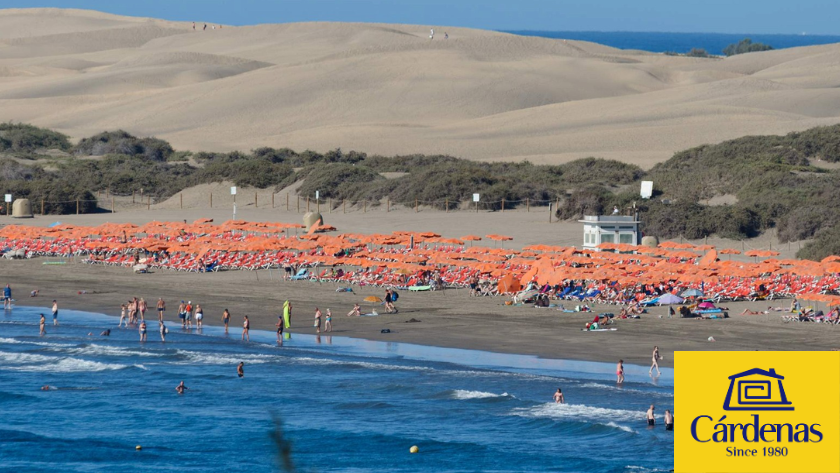Six Gran Canaria Houseplants Plants That Anyone Can Keep Alive
Published in Living in Gran Canaria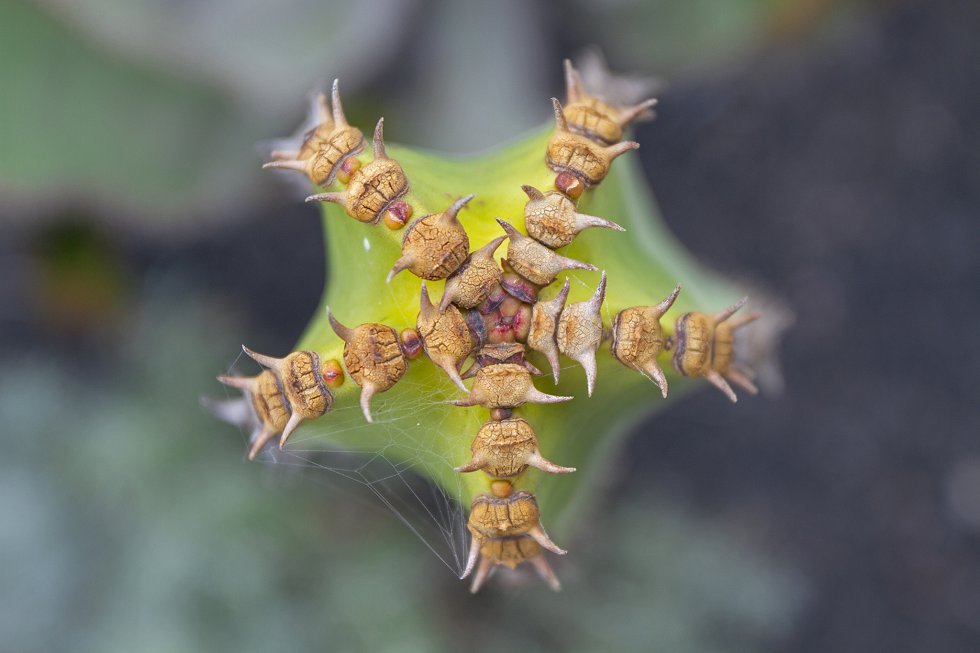
Plants liven up every property but keeping Gran Canaria houseplants thriving can be a challenge, especially if you are not always around to water them.
If you rent out your property to visitors, or only use it occasionally, most plants won’t survive. Fortunately, there are a few hardy house plants that just keep on growing even if they are neglected for long periods of time.
Scindapsis aureus (Golden Pothos)
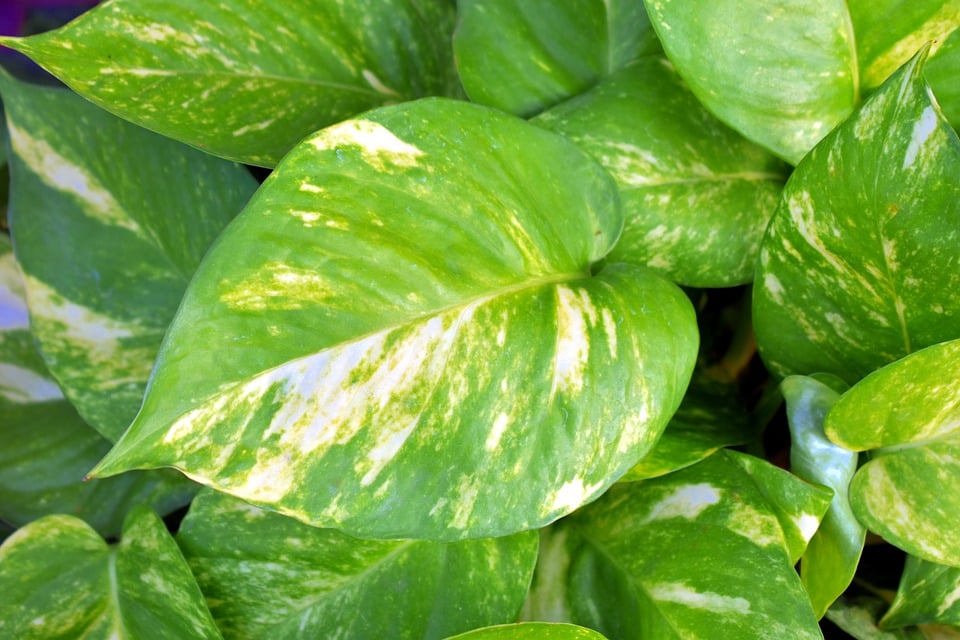
Grown in a small pot, the Pothos is a pretty, trailing plant that only needs water when its soil is completely dry. However, if you give it a moss pole to climb up, it can become a large plant with huge green and yellow leaves.
It thrives in a bright room and can survive for weeks with no water as long as it is not in direct sunshine. The pothos also grows well outdoors in shady Gran Canaria gardens both as a ground covering garden plant or as a climber.
Aloe vera
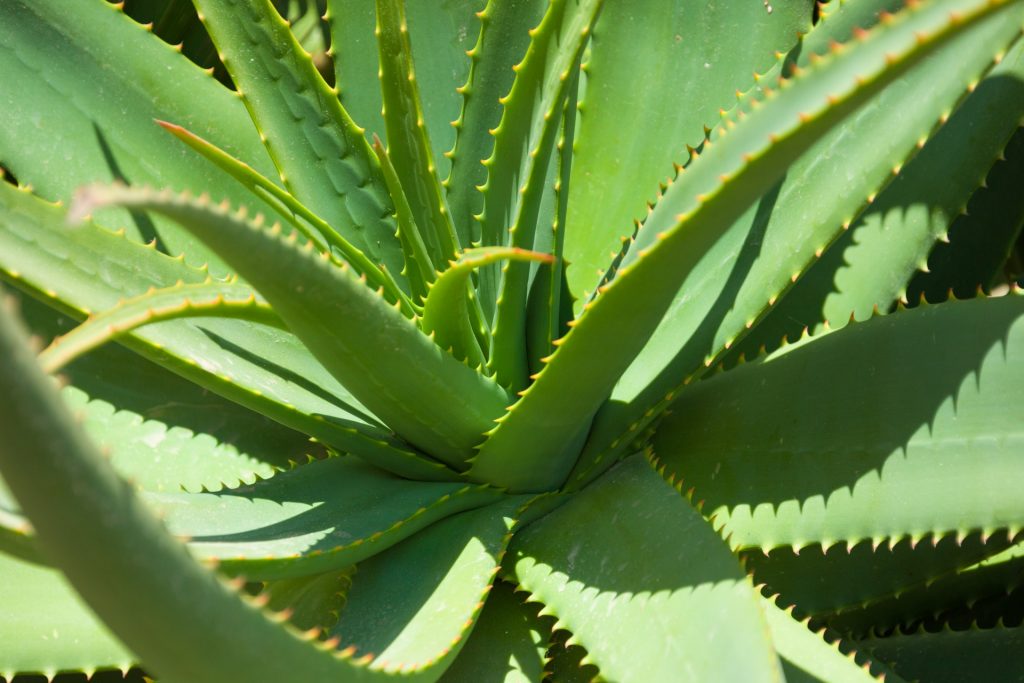
You may think that Aloe vera is a garden plant but it grows perfectly well in a large pot on a sunny windowsill and doesn’t need regular watering thanks to its fleshly leaves. In fact, the fastest way to kill an Aloe vera plant is to give it to much water.
Put you Aloe plant in bright light but not in direct sunshine if you are going away. It will survive for weeks or even months without water and quickly bounce back with a good watering once you return.
Zamioculcas zamiifolia (¨ZZ Plant)
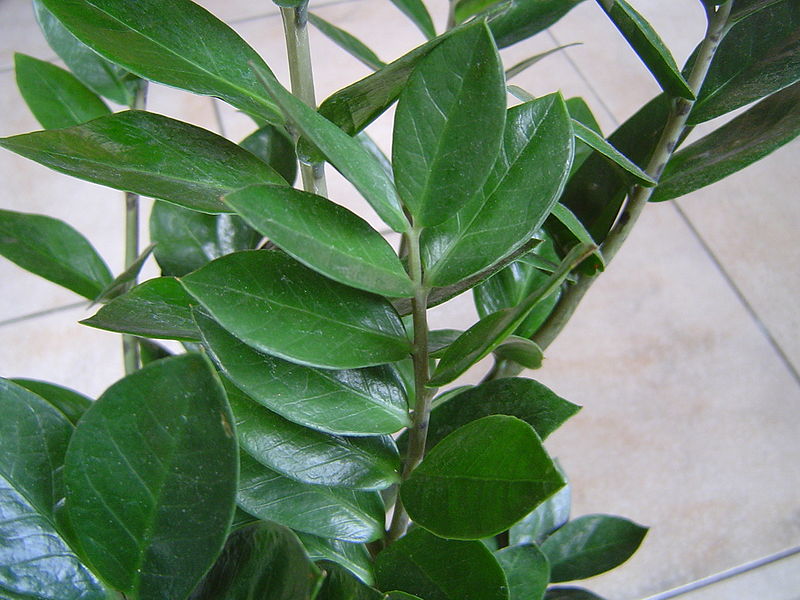
The ZZ Plant from Southern Africa is one of the toughest house plants out there thanks to its thick water-storing stems and roots. It has bright green, glossy leaves and can easily survive without water for weeks or even months if you put it well back from the windows. Even if you find that it’s leaves have dried up, water the pot and there’s a good chance that your ZZ Plant will sprout new leaves.
Crassula ovata (Jade plant)
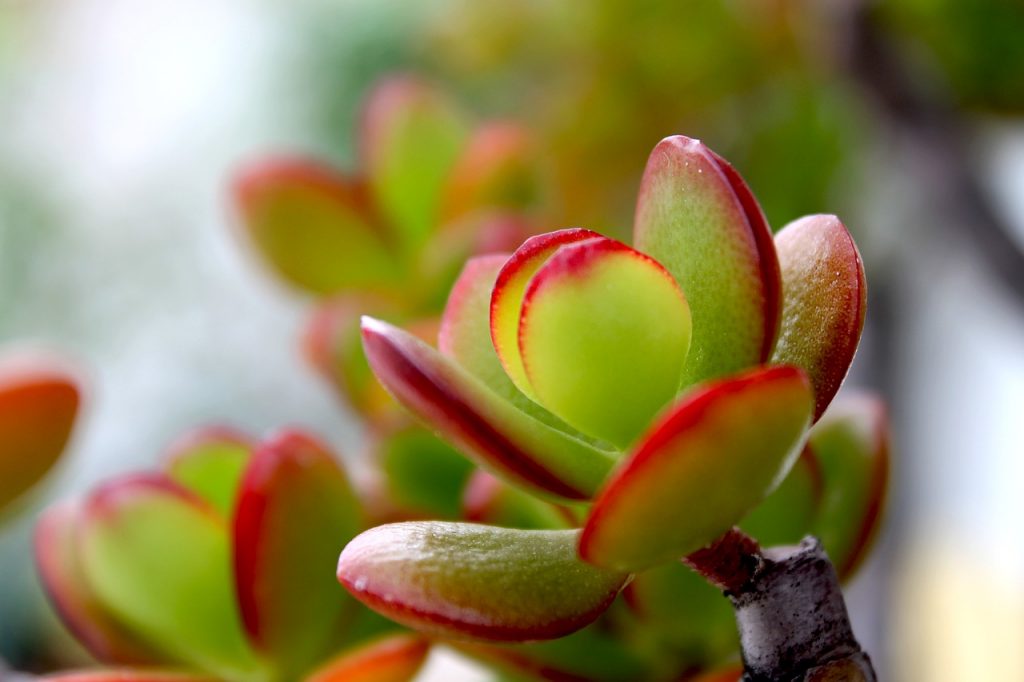
The Jade Plant is a common houseplant that also thrives outdoors in Gran Canaria. It can grow as high as three metres but normally forms a small bush with a thick trunk. The leaves are green when you grow it indoors but turn pink or red in direct sunshine.
The Jade Plant survives for long period without water but will die quickly if its soil is always wet.
Sansevieria Laurentii (snake plant or mother-in-law’s tongue)
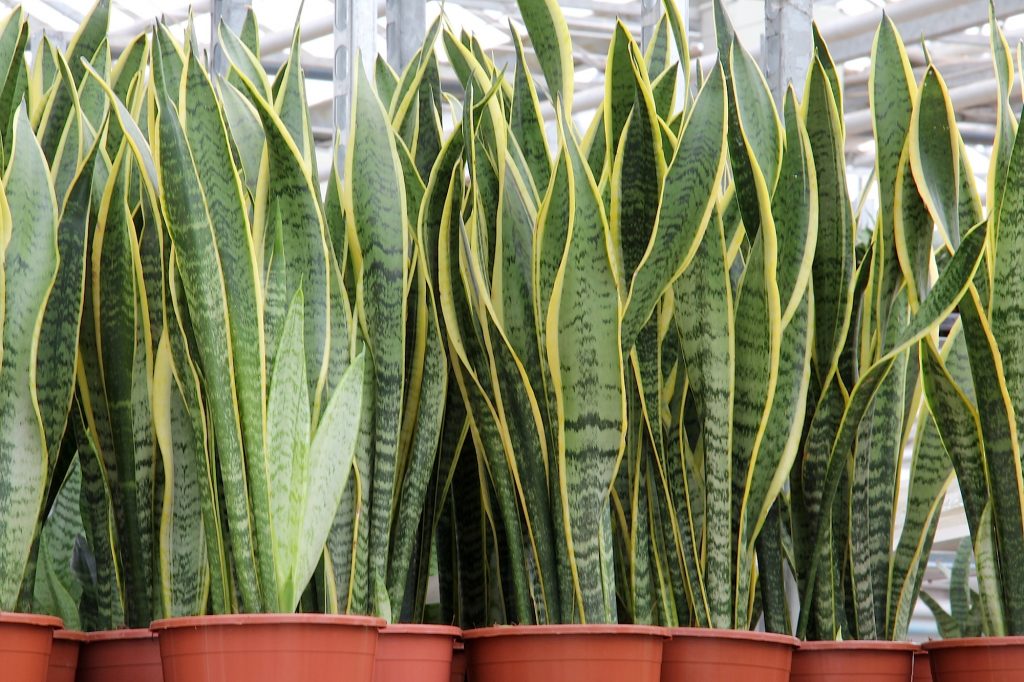
The Snake Plant has leathery leaves and can survive for long periods without water. It thrives in bright light and loses some of its colours if you put it in a dark room.
Snake plants are equally at home in the garden or indoors and are very low-maintenance.
Euphorbia canariensis (Candelabra plant)
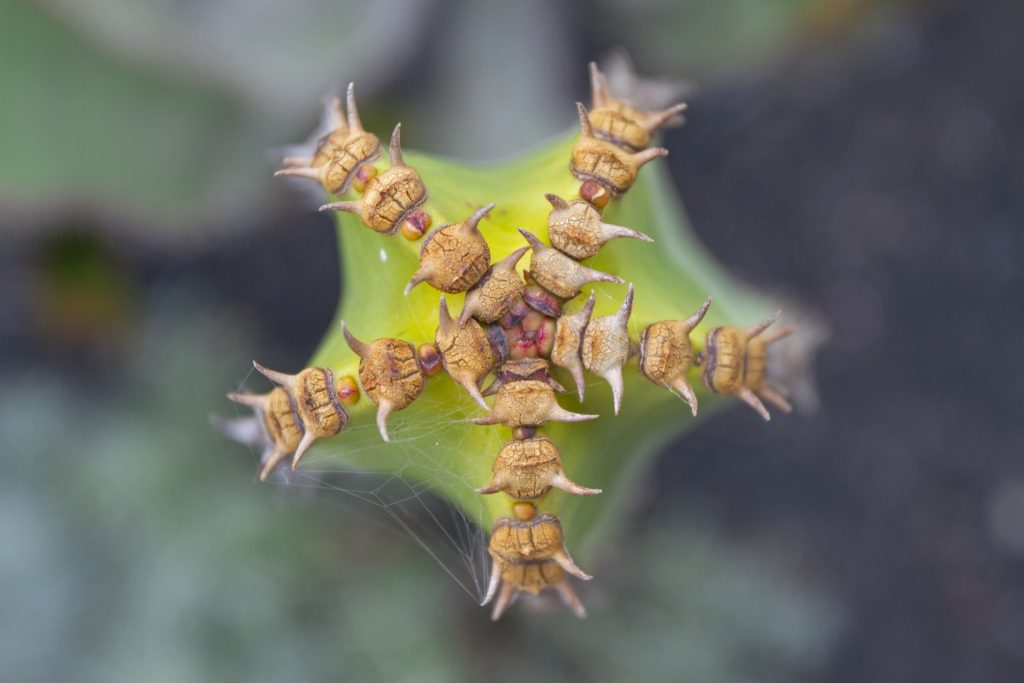
The Candelabra Plant is a Gran Canaria native species that grows in the south of the island. As such it is uniquely adapted to survive local conditions and long periods without rain. Although it looks like a cactus, it is actually a type of succulent spurge plant.
You can buy small Candelabra Plants in local nurseries and they make good houseplants if you keep them on a sunny windowsill.
How to look after plants when you go away
Water your plants thoroughly just before you leave but don’t leave them standing in a saucer of water as this is likely to cause root rot. Put them in a bright room but out of direct sunshine. If you are going to be away for longer than a week or two, you may need to arrange for a friend to water them occasionally. Or you can buy automatic water systems from Leroy Merlin that use a large bottle of water to keep your plants watered for long periods of time.
Where to buy plants in Gran Canaria
Supermarkets and small shops often sell house and garden plants in Gran Canaria but they do need careful checking. If the leaves are starting to turn brown or the soil is completely dry, they are likely to collapse as soon as you get them home.
A better source of quality plants are local nurseries known as viveros. The biggest on the island is Viveros Mogán just inland of the motorway bridge in Mogán.

